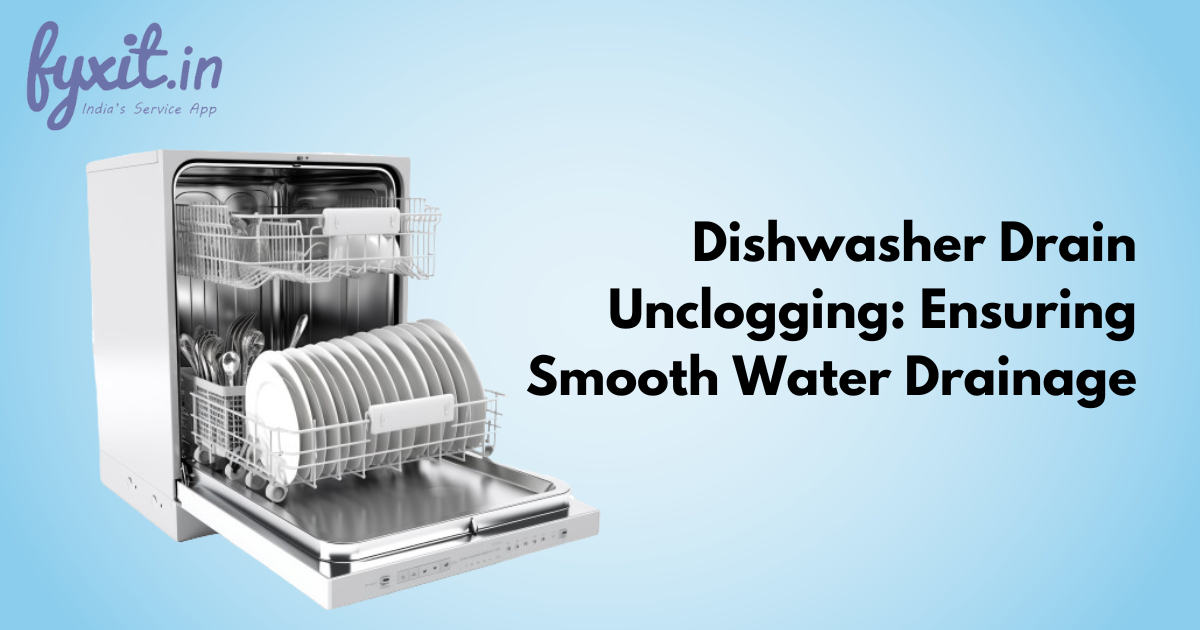A geyser, also known as a water heater, is an essential home appliance that provides hot water for various household needs. However, like any other appliance, geysers can develop problems and malfunction, which can be a source of inconvenience and discomfort. Troubleshooting common geyser problems is essential to ensure that your appliance operates efficiently and effectively.
The Most Common Geyser Problems and their Solutions
- No Hot Water
The most common problem with a geyser is no hot water. If you turn on the faucet and only cold water comes out, you need to check a few things. First, make sure the geyser is receiving power. Check the circuit breaker or fuse to see if it has tripped or blown. If so, reset the breaker or replace the fuse. If the breaker trips again, there may be an electrical problem that requires the attention of an electrician.
If the geyser is receiving power, the next step is to check the thermostat. The thermostat controls the temperature of the water and may need adjustment. Check the manual for the recommended temperature range and adjust the thermostat accordingly. If this doesn’t solve the problem, the thermostat may be faulty and need replacement. - Water Discoloration
If the hot water from your geyser is discolored, it can be a sign of rust or sediment buildup in the geyser tank. This can affect the taste and quality of your water. To troubleshoot this issue, drain the water heater and inspect the tank for any signs of rust or sediment buildup. If you notice any buildup, flush the geyser tank with a mixture of water and vinegar to remove it. You may need to repeat this process several times to get rid of all the buildup. - Strange Noises
If your geyser is making strange noises, such as popping, cracking, or gurgling, it can be a sign of sediment buildup in the geyser tank. This can affect the efficiency and lifespan of your water heater. To troubleshoot this issue, turn off the power supply to the geyser and shut off the water supply. Drain the geyser and inspect the tank for any signs of sediment buildup. If you notice any buildup, flush the geyser tank with a mixture of water and vinegar to remove it. You may need to repeat this process several times to get rid of all the buildup. - Leaking Geyser
A leaking geyser can cause significant damage to your home if left unchecked. The most common cause of a leaking geyser is a faulty pressure valve. The pressure valve releases excess pressure from the geyser to prevent it from exploding. If the pressure valve is faulty, it can cause the geyser to leak. To troubleshoot this issue, turn off the power supply to the geyser and shut off the water supply. Drain the water heater and remove the pressure valve. Inspect the valve for any signs of wear or damage, such as cracks or corrosion. Replace the valve if necessary. - Smelly water
Smelly water is another common geyser problem that can be caused by several factors, including bacteria buildup, sediment buildup, or a faulty anode rod. To troubleshoot this problem, you should first drain the water heater to remove any sediment buildup. If the problem persists, you may need to replace the anode rod. It is important to ensure that the water supply to your geyser is clean and free of contaminants. If you are using well water, you may need to have it tested for bacteria and other impurities. If your water supply is from a municipal source, you can contact your local water authority to obtain information about the quality of the water. - Low water pressure
Low water pressure can be caused by various factors, such as a clogged or faulty water supply line, a faulty pressure reducing valve, or a buildup of sediment in the tank. To troubleshoot this problem, you should first check the water supply line for clogs or leaks. If this does not work, you should check the pressure reducing valve and replace it if necessary. Finally, you should drain the tank to remove any sediment buildup that may be affecting the water pressure.
It is important to keep an eye out for any common geyser problems and troubleshoot them promptly to ensure that you have a continuous supply of hot water. Regular maintenance, such as draining the tank to remove sediment buildup and checking the thermostat and heating elements for faults, can go a long way in preventing these issues. By following these troubleshooting tips, you can save money on repairs, increase the lifespan of your water heater, and avoid any damage to your home caused by leaks or malfunctions. Remember to always prioritize safety when working with electrical appliances and consult a professional if you are unsure about any repairs.



